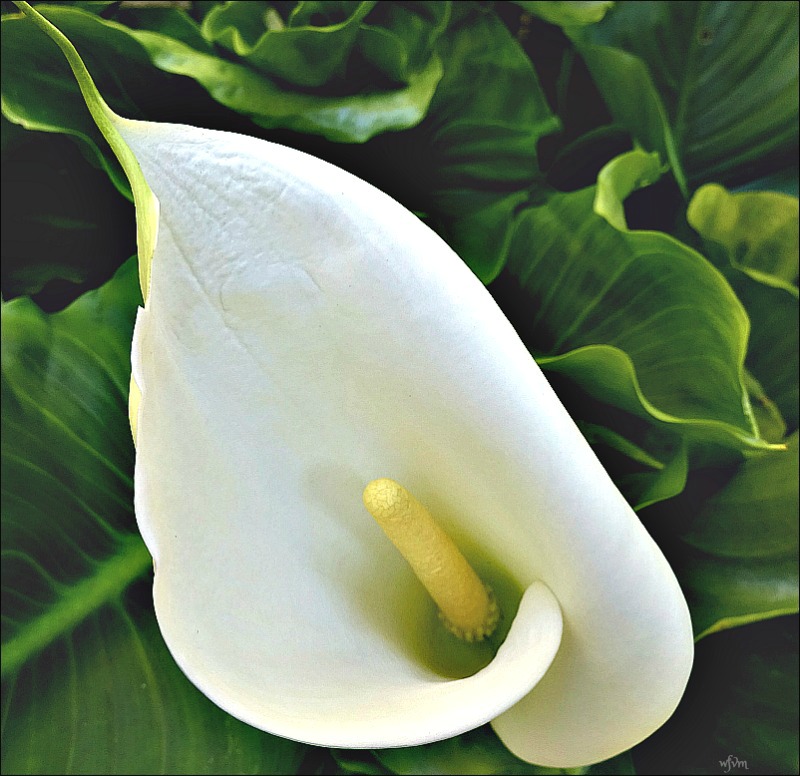illustration done by one of our granddaughters for Christmas a few years ago.
Since lockdown commenced on the 24/3, we have received hardly any rain in this corner of the country. We've had hours of lovely sunshine and blue skies, both of which have been greatly enjoyed by the garden and ourselves.

The walled garden is currently a random riot of flowers and herbs, along with several pots filled with lettuces, tomato plants, and runner beans.
The perfume of the Thyme flowers attracts many bumble bees, who are joined from time to time by the occasional butterfly flitting around.
Since lockdown commenced on the 24/3, we have received hardly any rain in this corner of the country. We've had hours of lovely sunshine and blue skies, both of which have been greatly enjoyed by the garden and ourselves.

The walled garden is currently a random riot of flowers and herbs, along with several pots filled with lettuces, tomato plants, and runner beans.
It's an area where we like to sit during these warm May evenings and watch the sun sink beyond the horizon.






































